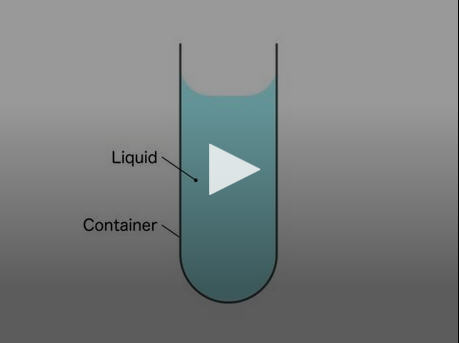Microjet generator for highly viscous fluids

Video: This is a liquid jet generator with highly viscous fluids. The device consists simple structure and can eject highly viscous liquid and nail polish (viscous non-Newtonian liquid). Credit: Tokyo University of Agriculture and Technology, Tagawa Yoshiyuki Lab
Liquid jet is utilized in various key technologies such as inkjet printing. However, most methods can eject only low viscosity liquid, which is almost the same viscosity of water.
This limitation of the viscosity causes the blurring and dulling color of the ink. To solve these problems, the method of ejecting highly viscous liquid jet is required.
Researchers at Tokyo University of Agriculture and Technology have newly proposed a device of generating microjet with high viscosity, like a honey. To produce the viscous liquid jets, we use an impulsive force i.e. the liquid jet is induced by adding an impact applied at the bottom of a liquid-filled container.
Moreover our device relies on additional trick: the wettable thin tube is inserted into the liquid, where liquid level inside the tube is kept deeper than that outside the tube. We find that the liquid inside the tube is significantly accelerated thanks to this trick.
As a result, our device can eject a liquid jet with high viscousity, which is more than 1,000 times viscos than water and with non-Newtonian properties such as nail polish. We have also revealed the mechanism of our device via conducting experiments and numerical simulations.
Our device overcomes the existing problems such as the limitation of the viscosity and solidifies the base for the next generation manufacturing such as 3D manufacturing and biological printings.
###
This work was supported by JSPS KAKENHI Grant Numbers 26709007,17H01246,17J06711.”
Media Contact
All latest news from the category: Agricultural and Forestry Science
Newest articles

Bringing bio-inspired robots to life
Nebraska researcher Eric Markvicka gets NSF CAREER Award to pursue manufacture of novel materials for soft robotics and stretchable electronics. Engineers are increasingly eager to develop robots that mimic the…

Bella moths use poison to attract mates
Scientists are closer to finding out how. Pyrrolizidine alkaloids are as bitter and toxic as they are hard to pronounce. They’re produced by several different types of plants and are…

AI tool creates ‘synthetic’ images of cells
…for enhanced microscopy analysis. Observing individual cells through microscopes can reveal a range of important cell biological phenomena that frequently play a role in human diseases, but the process of…





















